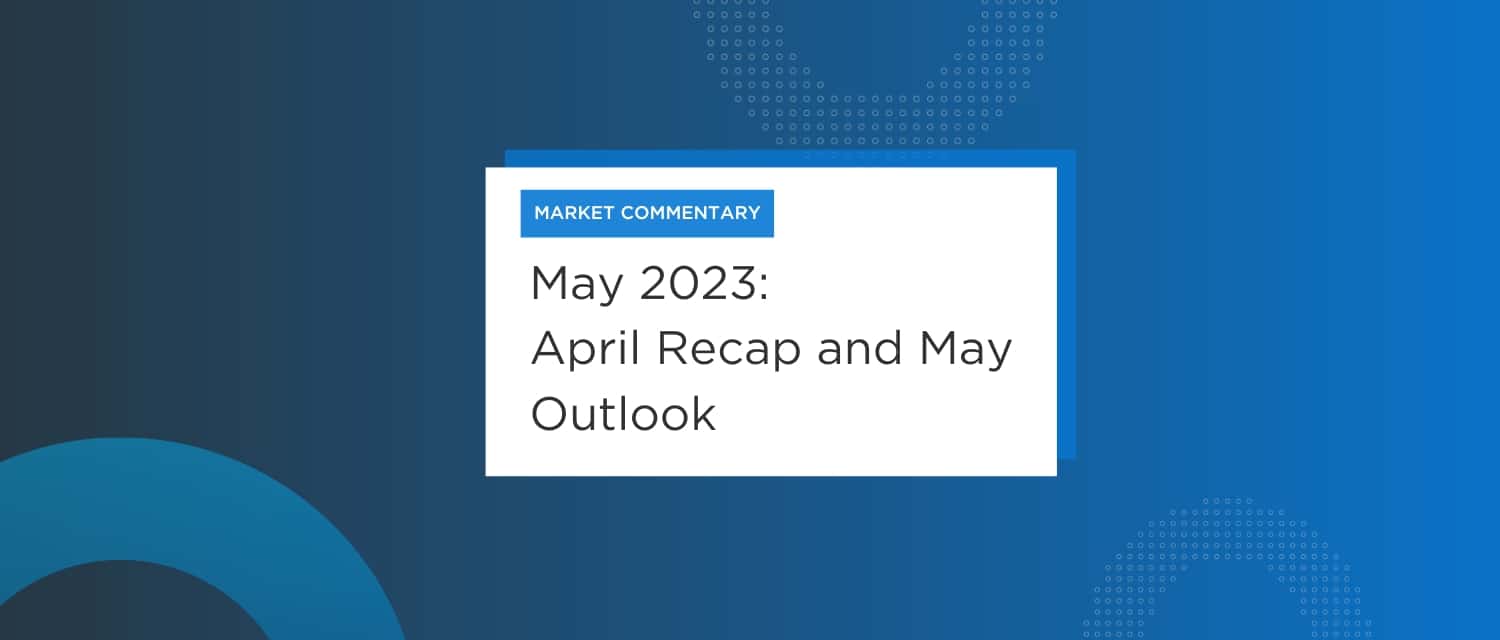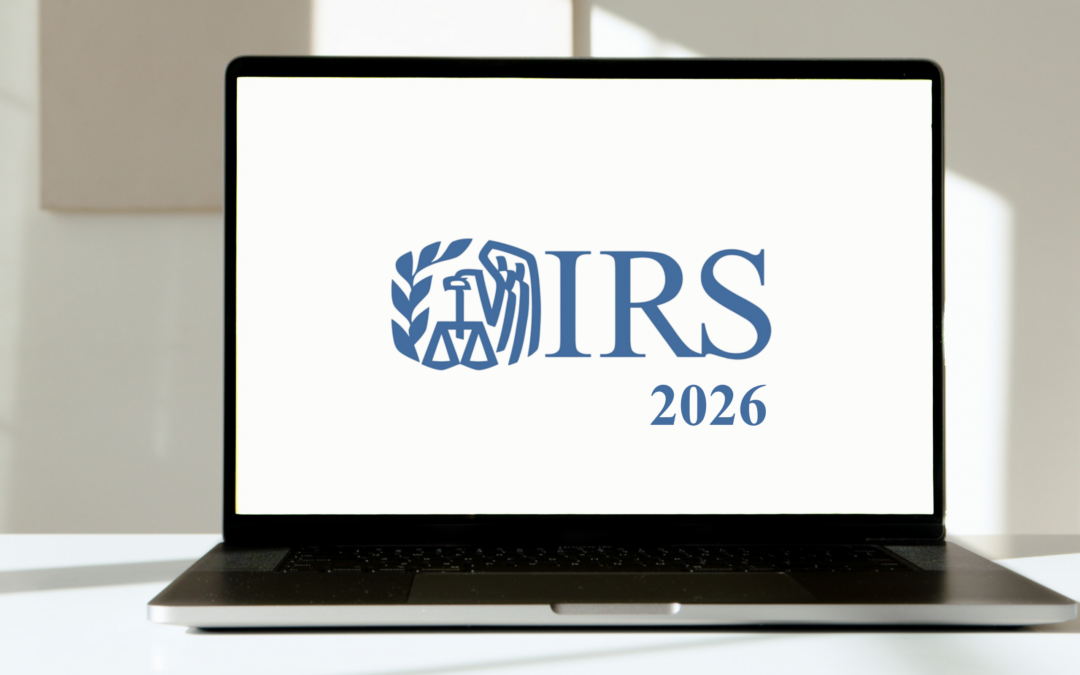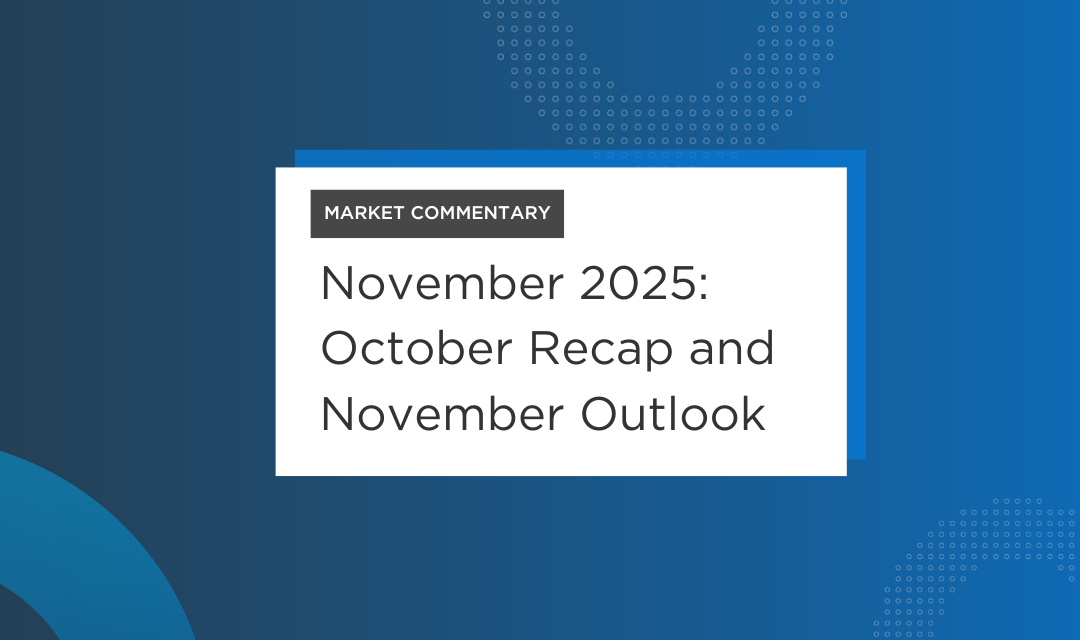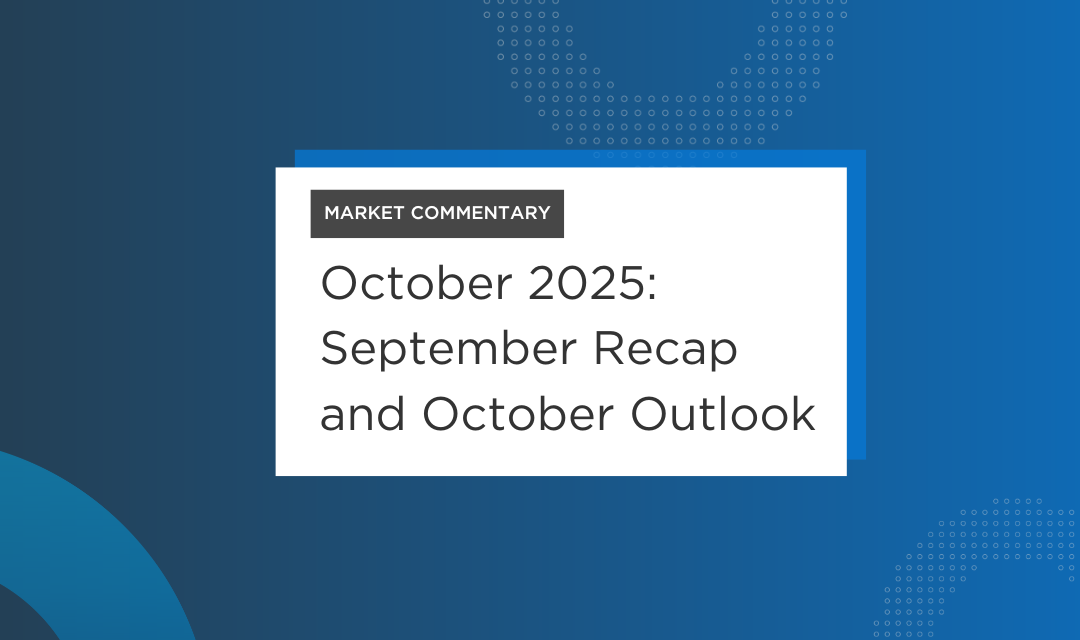The End of a Fed Cycle?
April Recap and May Outlook
The biggest news in the Fed’s statement after their meeting on May 3 was what it didn’t say.
The Fed’s statement from March contained the language “the Committee anticipates that some additional policy firming may be appropriate” for the Fed to achieve its 2% inflation goal.”
This was conspicuously absent in the statement released after the meeting on Wednesday. After ten consecutive rate increases, the Fed finally being done isn’t really much of a surprise. What remains unknown is whether this a pause or if the Fed will begin to bring rates down this year.
Clues to that come from a different source in Powell’s remarks – and they are by no means certain. Powell continues to assert that avoiding a recession is possible. His remarks are worth quoting here “I continue to think that it’s possible that this time really is different.” Powell also noted that “Avoiding a recession is, in my view, more likely than having a recession.”
One way to interpret these remarks is that Powell is prepared to step in if the economy looks like it will slow beyond what is necessary to bring down inflation. It’s long been noted that Powell is a big fan of Paul Volcker, who ruthlessly raised rates to get inflation under control the last time it was this high, in the early 1980s. But the earlier parts of Powell’s tenure at the head of the Federal Reserve looked a lot more like Alan Greenspan, famous for cutting rates in response to a flagging economy.
Let’s get into the data:
- 12-month CPI was 5.0% in March. The Bureau of Labor Statistics reported a monthly increase of 0.1%, significantly down from the April number
- GDP shows a slowing economy at 1.1% annually in the first quarter. The Commerce Department reported the number, which was short of Dow Jones economists’ expectations for 2% growth
- April non-farm payrolls of 253,000 was a Goldilocks number. The Bureau of Labor Statistics report showed a strong labor market and economic momentum despite recent bank failures
What Does the Data Add Up To?
Inflation is falling, down almost half from the peak of 9.1% in June of 2022. At the same time, wage growth has moderated somewhat, and a strong labor market doesn’t seem to be inducing a wage-price inflation spiral.
A slowing economy, as measured by GDP, means that consumers are feeling the bite of inflation – approximately 70% of GDP is consumer spending.
But we are also looking at a normalizing economy, not one that is normal yet. A recent Goldman Sachs report cited that 72% of mortgage holders have a mortgage rate below 4%. For many people, staying in their homes is necessary simply because they can’t afford to move. As we saw during the pandemic, people who are stuck in their houses spend money on home improvement projects. As this period of higher rates continues, we may see more of that type of spending increase again.
Chairman Powell’s comment that “this time really is different” might sound less pie-in-the-sky if it hadn’t also been coupled with his sanguine remarks on bank failures. He described the banking sector as “sound and resilient,” even as the Fed continues to backstop banks with liquidity through the discount window – of which First Republic, the most recent bank failure, was a very big recipient of funds.
Powell’s confidence may not be misplaced, and the economy will avoid a recession this year as inflation continues to head back down towards 2%.
Chart of the Month: Fed Funds Rate At Highest Level Since 2006
The key short-term interest rate, after ten consecutive rate increases in a little over a year, has hit the highest level in almost twenty years. For many people, it’s an economy like nothing they’ve experienced so far, with interest rates on both the debit and credit side of the ledger forcing different financial decision-making.
Historical Fed Funds Target Rate

Equity Markets in April
- The S&P 500 was up 1.46%
- The Dow Jones Industrial Average rose 2.48%
- The S&P Mid-Cap 400 decreased 0.87%
- The S&P Small-Cap 600 dropped 2.87%
Source: S&P. All performance as of April 28, 2022
All eleven sectors were up, with Communication Services taking the lead with 3.56% for the month. Earnings season for 1Q is largely complete, with 267 issues reporting and 76.8% beating estimates on earnings and 72.5% beating estimates on sales. Q1 2023 is expected to be up 1.4% from Q4 2022.
Bond Markets
The 10-year U.S. Treasury ended the month at a yield of 3.43%, down slightly from 3.48% in March, as investors gained some confidence that the equity markets were looking past the banking crisis. The 30-year U.S. Treasury ended April at almost the same level as March, 3.67%. The Bloomberg U.S. Aggregate Bond Index returned 0.6%. The index continued the trend of positive correlation between the equity and bond markets.
The Smart Investor
Unless you were among those who filed for an extension, tax season is over. What to do with your refund? It’s a good moment to think through ways to tune up your finances and position yourself to lower your tax bill next year.
What can you do? Some ideas:
- Pay down high-interest debt
- Add your refund to your emergency fund. If your income or your debts have increased, you need a bigger cushion
- Put it in a 529 plan for education savings. These accounts can be used for K-12 education costs as well as college
- Increase retirement savings
- Donate to charity. Being strategic about how you give can mean you have a bigger impact, and a bigger tax savings.
Even if you decide to use the additional funds for something more immediately gratifying, thinking through the options with your long-term plan in mind is a good exercise and may help you make other changes.
Advisory services are offered through TCG Advisors, an SEC Registered Investment Advisor. Insurance services are offered through HUB International. TCG Advisors is a HUB International company.
Note: This message is for informational purposes only and does not constitute an offer to sell, a solicitation to buy, or a recommendation for any security, or as an offer to provide advisory or other services in any jurisdiction in which such offer, solicitation, purchase or sale would be unlawful under the securities laws of such jurisdiction. Remember all investing involves risk.
Part of this material was prepared by Broadridge Investor Communication Solutions, Inc. and powered by Advisor I/O under the Terms of Service. Although the information in this blog has been compiled from data considered to be reliable, the information is unaudited and is not independently verified. TCG.75.2023



